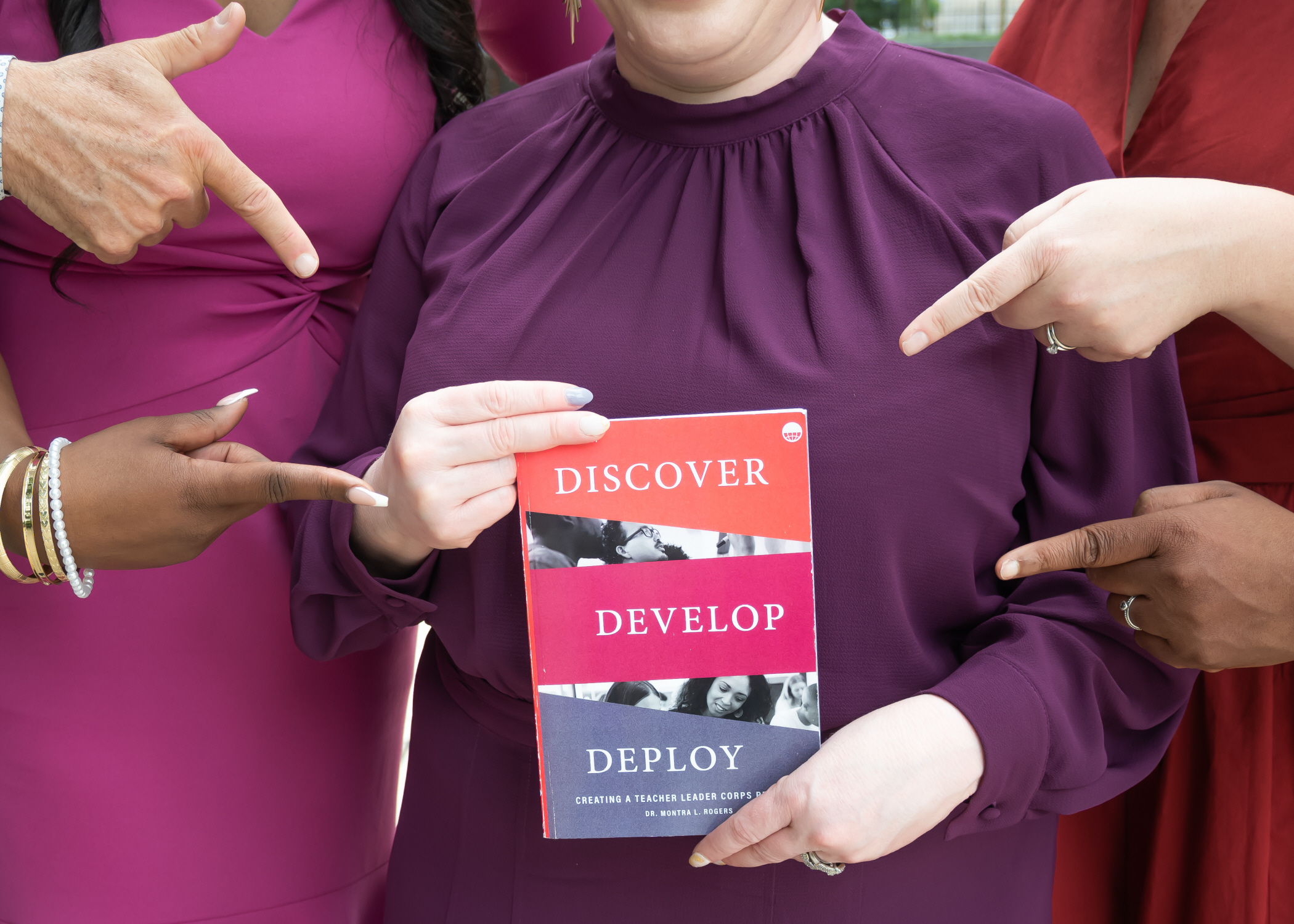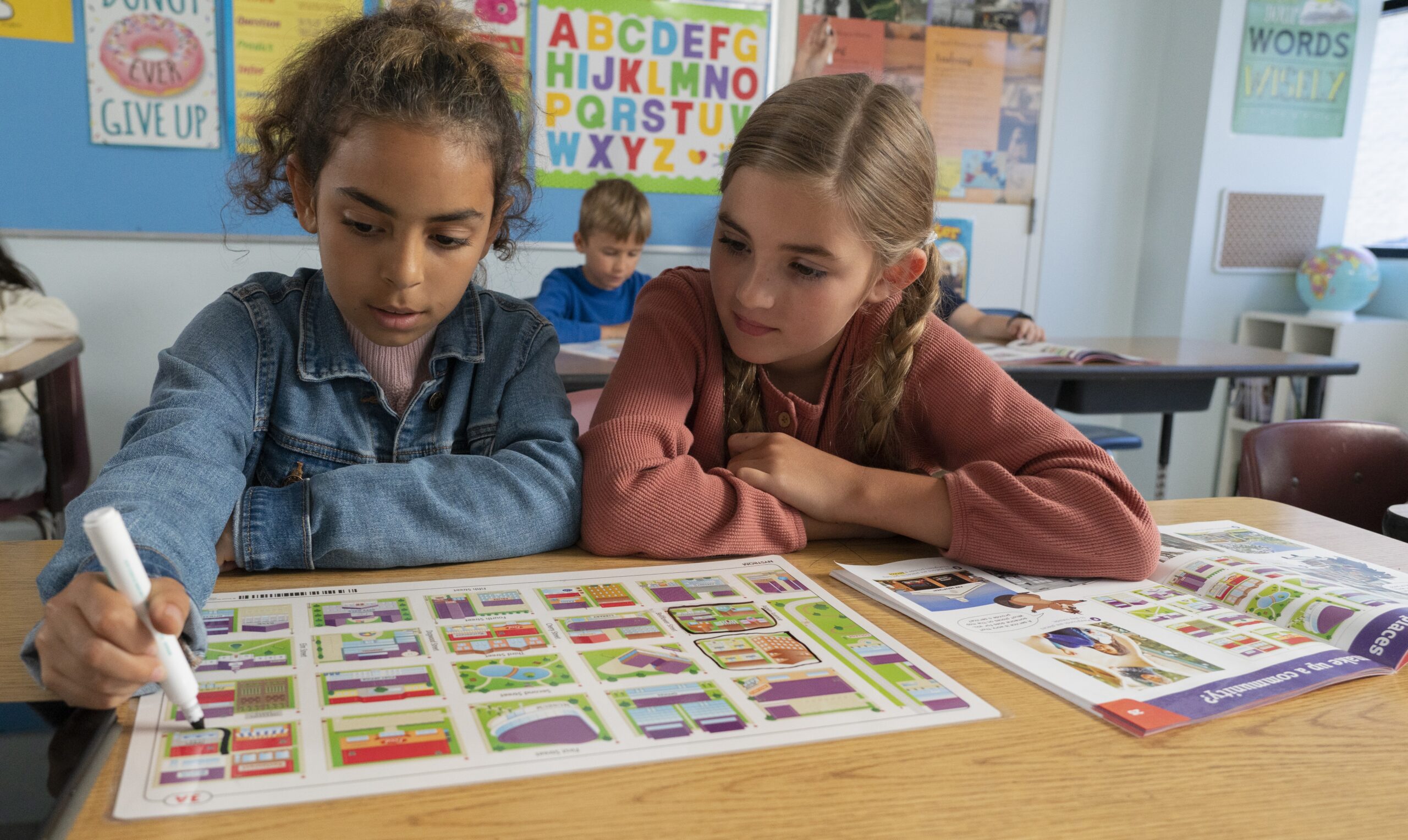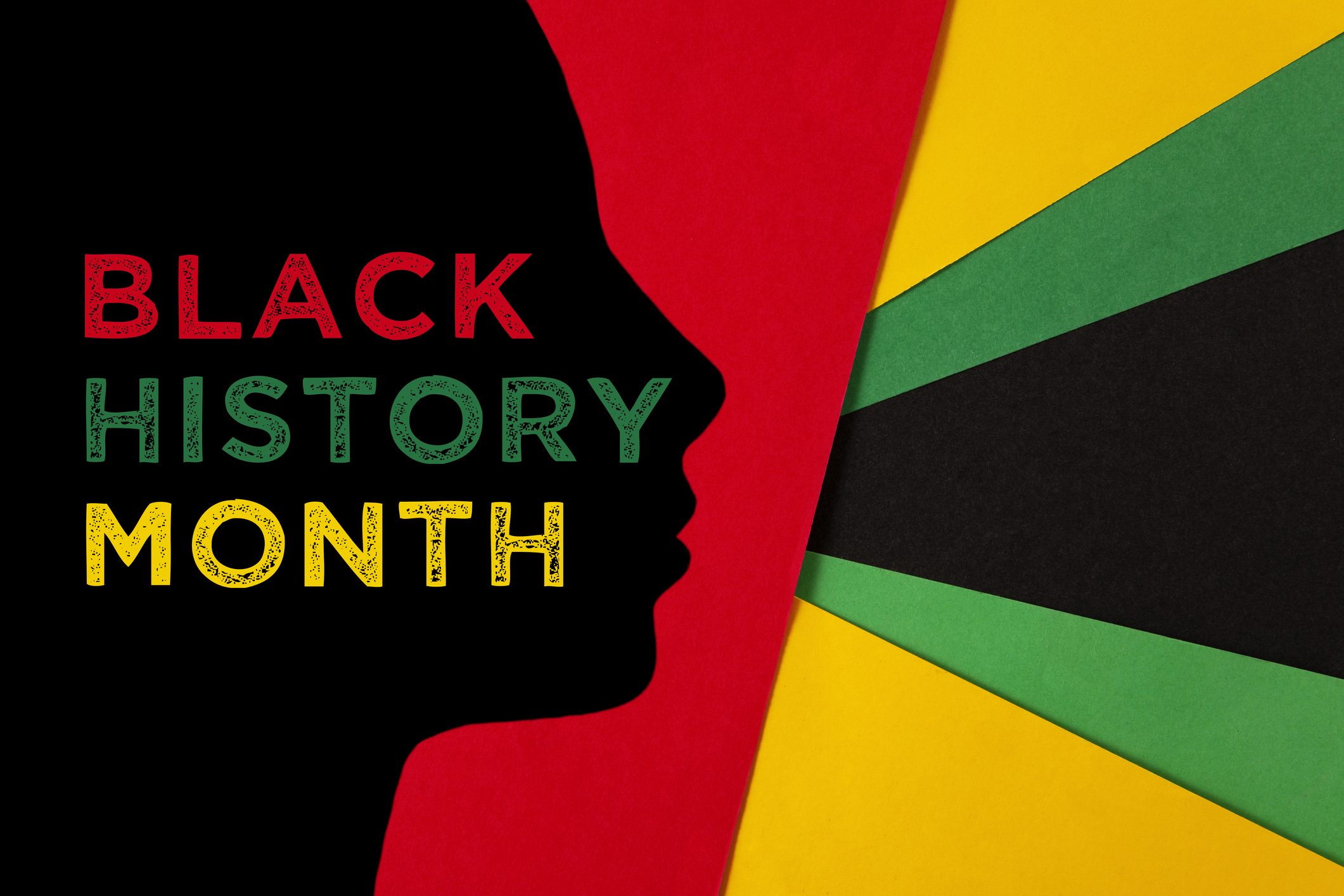Stay Up To Date

5 Things Only Teachers in the World of Advanced Placement* Understand
Teachers who instruct Advanced Placement courses often stand out due to a combination of factors that set them apart within the educational landscape! AP teachers are different because they are not just educators but also mentors, subject-matter experts, and facilitators of academic growth.

Building Financial Foundations: Teaching Financial Literacy to Students at Every Level
April is National Financial Literacy Month, which can easily be translated to classroom activities at every educational level! This crucial skill can empower individuals to make informed decisions about money management throughout their lives.

Discover, Develop, Deploy: Finding Your Why
Developing long-lasting leaders in education has always been the goal of Dr.

5 Historical Women in Science to Highlight Throughout the Year
March marks Women’s History Month, which is a whole month to celebrate the specific achievements made by women throughout history, but these accomplishments can be highlighted throughout curricula all school year long! While there are many historical contributions of women that teachers can highlight, consider taking a multi-disciplinary approach and celebrate women in science.

Reflections from “Increase Retention by Utilizing Hands-on Learning”
As an effort to support our Social Studies School Service community of administrators and educators, we are now providing reflections from our webinars.

A Timeline of World War II and the Holocaust
The Holocaust was a genocide perpetrated by Adolf Hitler and the Nazi party where over 12 million people (Jewish and non-Jewish) were killed, and millions more were forced into hiding.
![George Washington Carver and the Innovation of Agriculture [Biography]](https://www.socialstudies.com/wp-content/uploads/Screenshot-2024-02-25-at-9.11.47 PM.png)
George Washington Carver and the Innovation of Agriculture [Biography]
George Washington Carver (c.

Choosing What to Teach in Your Secondary Social Studies Curriculum
As a social studies teacher, I find myself wanting to teach my students anything and everything I can about the many subject areas we cover.

8 Topics to Highlight in the Classroom this Black History Month
Black History Month provides an opportunity for classrooms to celebrate the rich contributions of African Americans throughout history.